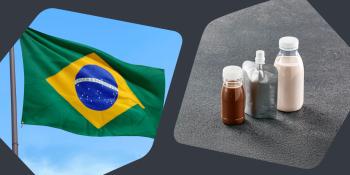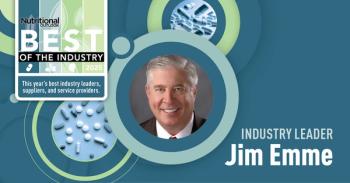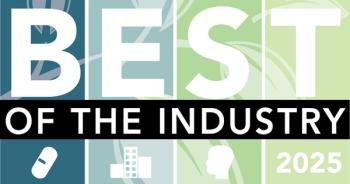
Leading trade associations warn about the dangers of illegal phenibut adulterant in dietary supplements
Leading trade associations in the dietary supplement industry are standing together in opposition to “phenibut,” an illegal ingredient in products fraudulently sold as dietary supplements.
Leading trade associations in the dietary supplement industry are standing together in opposition to “phenibut,” an illegal ingredient in products fraudulently sold as dietary supplements. Originally developed and used as a drug in the former Soviet Union for supposed brain-enhancing properties, phenibut is not approved as a drug in the United States and has not met regulatory requirements for use as a dietary supplement.
The American Herbal Products Association (AHPA), the Consumer Healthcare Products Association (CHPA), the Council for Responsible Nutrition (CRN), and the United Natural Products Alliance (UNPA) have notified FDA about the ingredient, fully supporting the agency’s legal authority to remove phenibut from the marketplace. They have also reached out to several online retailers selling adulterated products containing phenibut to urge them to remove them from inventory. With these actions, the trade associations hope to bring awareness to manufacturers, retailers, and consumers about the dangers of phenibut and demonstrate the industry’s commitment to consumer safety.
Newsletter
From ingredient science to consumer trends, get the intel you need to stay competitive in the nutrition space—subscribe now to Nutritional Outlook.





